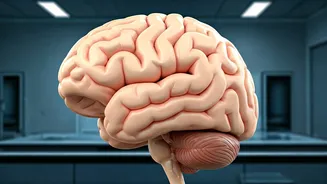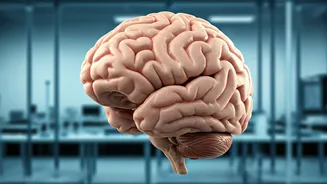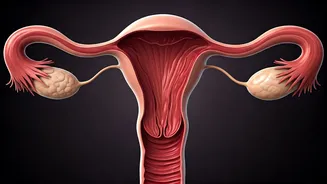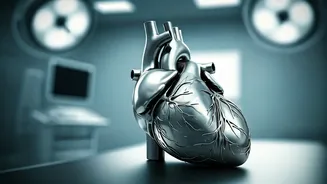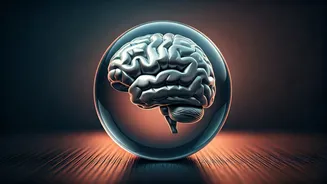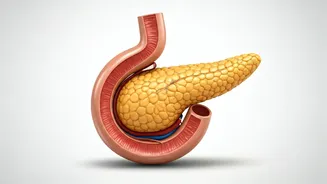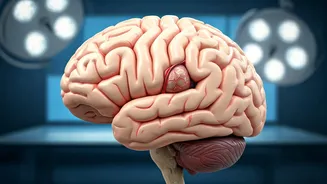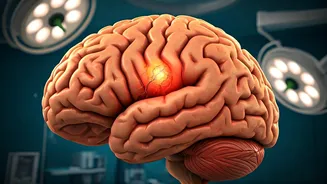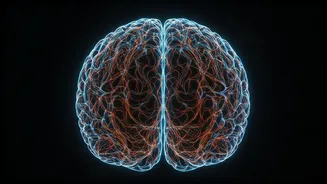Defining Chiari Malformation
Chiari malformation is a structural defect in the base of the skull, where the lower part of the brain (cerebellum) extends into the spinal canal. The
cerebellum controls movement, balance, and coordination, and if it's compressed, it can cause various neurological symptoms. There are several types of Chiari malformation, with Type I being the most common, and typically discovered in adulthood. Type II is usually diagnosed in infancy, often associated with a condition called spina bifida. Type III and IV are less common and more severe, often leading to significant developmental issues. The severity of symptoms varies widely, depending on the extent of the compression and the specific type of malformation. Understanding the specific type is important, as it helps determine the best course of action.
Symptoms and Manifestation
The symptoms of Chiari malformation can be diverse, ranging from mild to severe, and they don't always appear immediately. Common symptoms include headaches, often at the back of the head, and these headaches might worsen with activities like coughing or straining. Some individuals experience neck pain and balance problems, leading to dizziness or unsteadiness. Sensory disturbances such as numbness or tingling in the arms and legs can also occur. Other possible symptoms include swallowing difficulties, vision problems, and, in severe cases, the possibility of cognitive impairment. The onset and progression of symptoms vary significantly. Some people might remain asymptomatic throughout their lives, while others may experience a gradual worsening of their symptoms over time. Diagnosis often involves a careful review of symptoms, a neurological examination, and imaging tests.
Diagnosis and Assessment
The diagnosis of Chiari malformation typically starts with a thorough medical history and physical examination. The doctor will ask about symptoms and assess neurological functions, checking reflexes, coordination, and sensory responses. The primary diagnostic tools are imaging techniques, with an MRI scan being the most common. An MRI provides detailed images of the brain and spinal cord, allowing doctors to visualize the extent of the cerebellar herniation. In certain cases, a CT scan might also be used. A specialized test called a cine MRI can assess the flow of cerebrospinal fluid, helping to evaluate the obstruction that the herniation might be causing. A correct diagnosis helps in formulating a suitable treatment plan, and also helps to avoid further complications from the disease. Early and accurate diagnosis of Chiari malformation is crucial for effective management and improved patient outcomes.
Treatment and Management
The treatment for Chiari malformation depends on the severity of symptoms and the extent of compression. The goal is to alleviate symptoms, prevent further neurological damage, and improve the patient's quality of life. For individuals with mild symptoms, conservative management might be adequate, with regular monitoring and pain management. Surgery is the most common and effective treatment for individuals with significant symptoms. The surgery, called a posterior fossa decompression, aims to create more space around the brainstem and cerebellum. This involves removing a small portion of bone at the base of the skull and sometimes also the upper part of the spinal column (lamina). Post-surgery, many individuals experience a significant reduction in their symptoms. After surgery, patients might undergo physical therapy to improve their balance, coordination, and strength. The prognosis for individuals with Chiari malformation is generally good, especially with timely diagnosis and effective treatment.
Case Studies and Insights
While Chiari malformation is relatively rare, there are many individual experiences associated with it. The stories of four sisters diagnosed with Chiari malformation offer a deeper understanding of its impact. These sisters shared similar mysterious symptoms, leading to a diagnosis of Chiari malformation. Their experiences highlight the importance of early diagnosis, medical support, and family cohesion in managing the disease. Medical professionals have provided insights into the significance of family history, the varying symptom presentations, and the treatment strategies followed in these cases. Such insights can greatly enhance overall awareness. Understanding these experiences aids in comprehending the diverse challenges these individuals face, allowing for improvements in medical assistance and supportive care. They underscore the importance of recognizing the symptoms and seeking timely medical attention, ensuring proper diagnosis and appropriate intervention.
